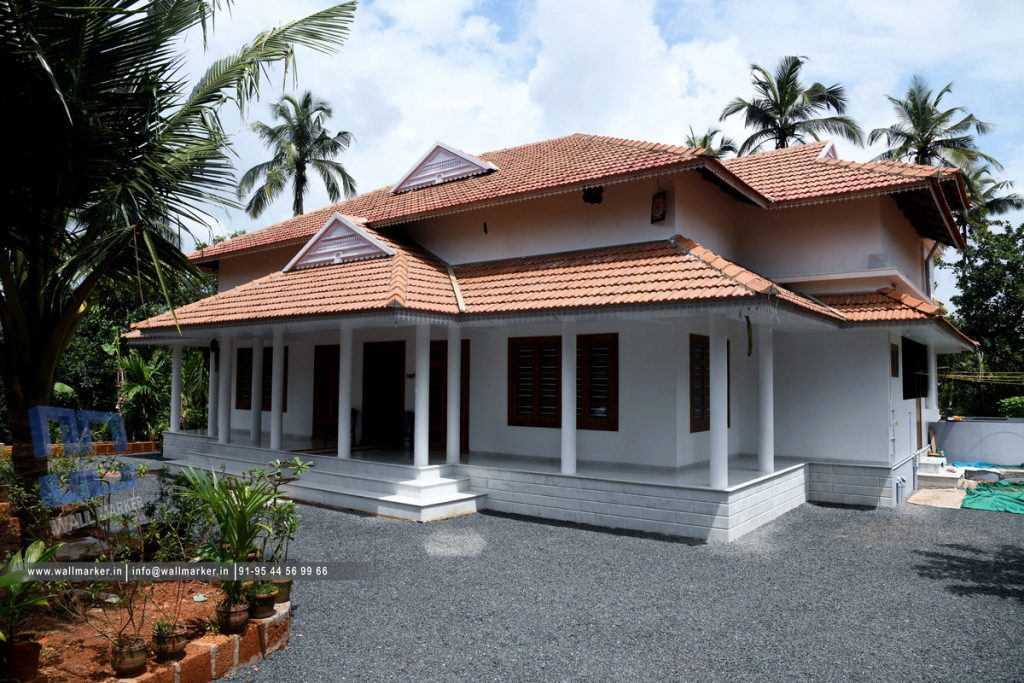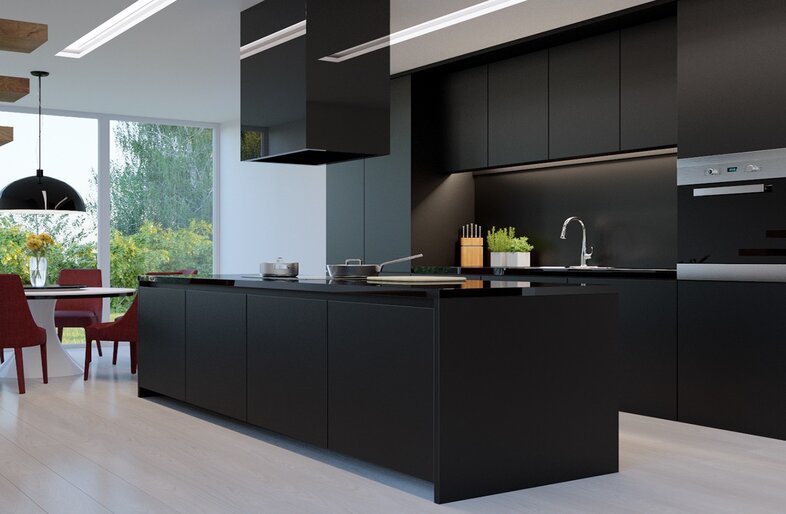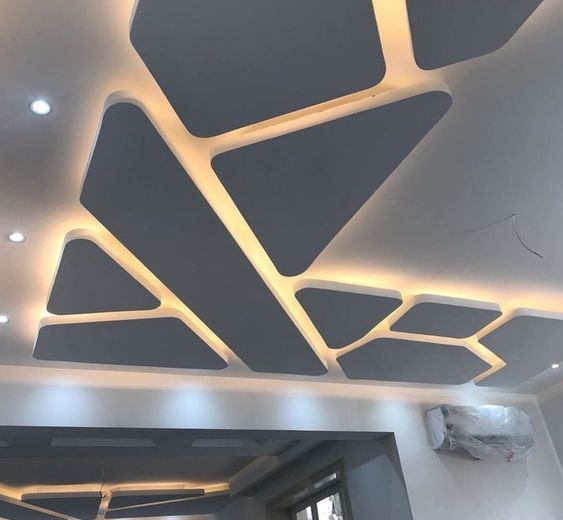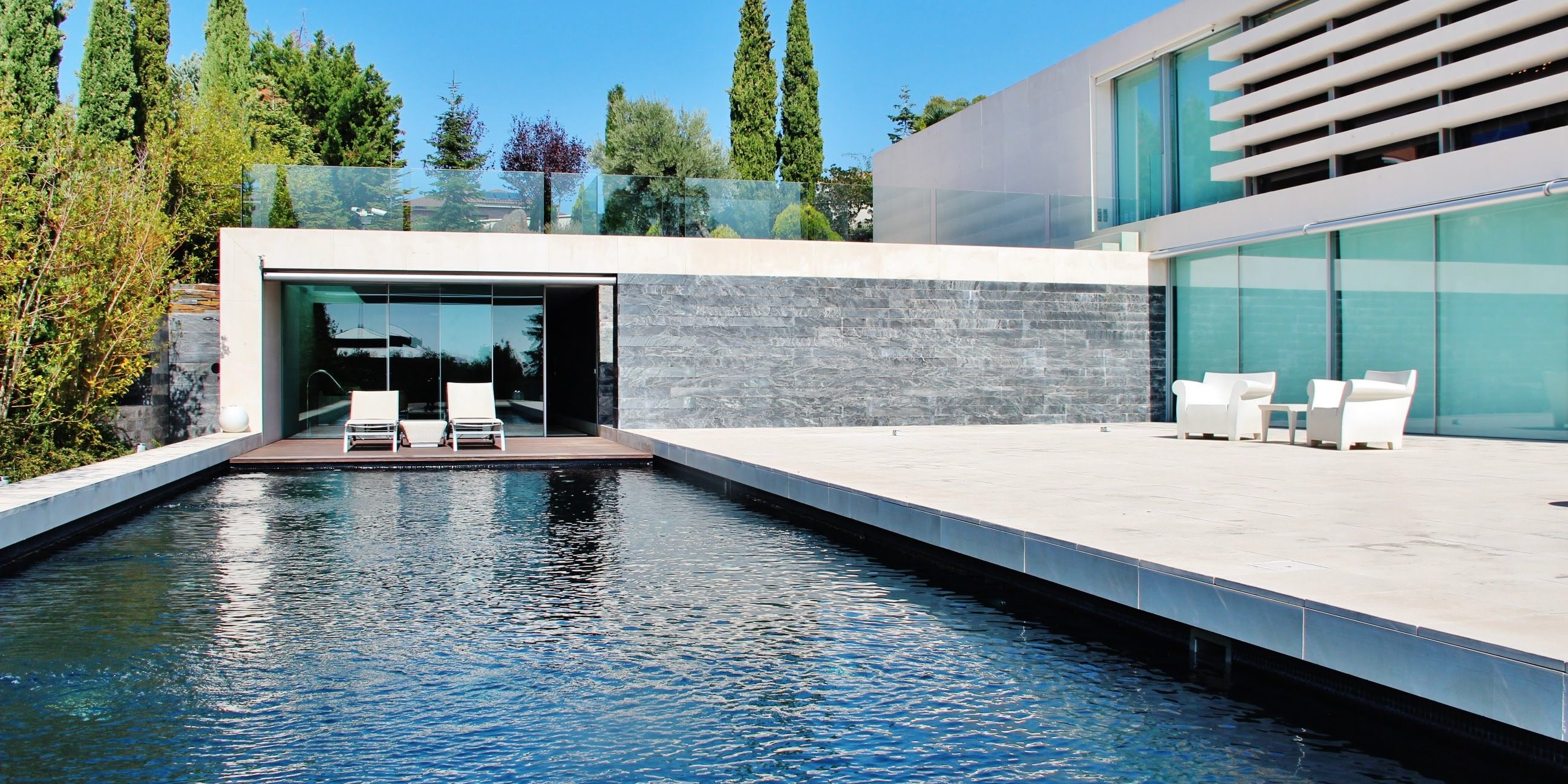Vinu Daniel started his Wallmakers project in 2007, after working in post-tsunami constructions. The company uses mud and waste as the main materials for their constructions, all driven by an ecological, sustainable and cost-effective architecture. Vinu Daniel has been awarded because of his low-cost and eco-friendly constructions. One of his goals is to raise awareness of the necessity build with natural materials and resources.
How did you come up with the idea of Wallmakers?
After my graduation in 2005, I worked with Auroville Earth Institute for the UNDP (United Nations Development Programme) on Post-Tsunami construction.
On returning from Pondicherry in 2007, I started ‘Wallmakers’ which was christened thus by others, as the first project was just a compound wall built utilizing mud bricks and beer bottles, which was lying waste.
All of your projects are driven by sustainability and cost-effective, what does this mean to you?

The aim is to build sustainable spaces that are responsive to specific site contexts and conditions, while maintaining a balance between innovative and utilitarian designs. Everything in nature is a work of art. So, we are surrounded by art. So more importantly I wonder why shouldn’t the buildings we stay in, not be an extension of that?
Have you ever worked on projects other than those that use earth products such as waste or mud? If so, what made you change your mind and decide that it was not the type of work you wanted to do?
Of course, it was hard to get such projects initially, to the point where I was designing and presenting so many buildings in that gap, with most of them not getting executed. But I also stuck on to my rule of not compromising and agreeing to do any half-baked projects that I didn’t believe in.
What are some of the most difficult challenges that you have to face in this type of construction?
Everyday poses a new set of challenges when you try to innovate, as it is in the case of our projects.
We can see that one of things that motivate you and your designs is helping others, but could you tell us more about your inspiration and motivation?
I was born and raised in the Middle East. I always aspired to become a musician.
However, my parents wanted me to pursue a conventional profession, so, after passing out of school in Abu Dhabi, I moved back home to Kerala to study architecture at the College of Engineering, Trivandrum. I got into architecture thinking that it was a creative space, where I could express myself. I had no idea what was in store for me. Within a year or two, I was angered by the pedagogical framework within which conventional architecture was taught. Adjusting to it was difficult, and I felt that architecture had become all about satisfying one’s ego. However, a chance meeting with legendary architect Laurie Baker in my fourth year played a critical role in making me fall in love with architecture.

Baker explained how buildings could completely co-exist with nature and avoid waste. He also told me something very profound about a chance meeting he had with Mahatma Gandhi. One of the things he (Gandhi) said has influenced my thinking; that the ideal house in the ideal village will be built using material that is found within a five-mile radius of the home. But in today’s aspect, everything around us is waste, so we build with it.


